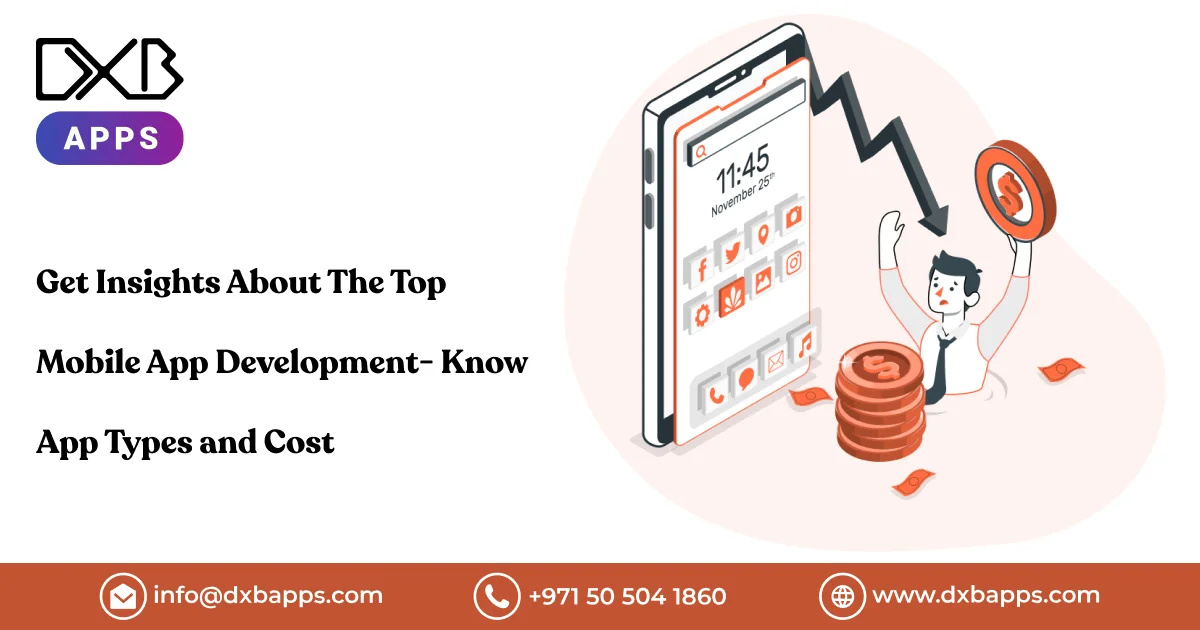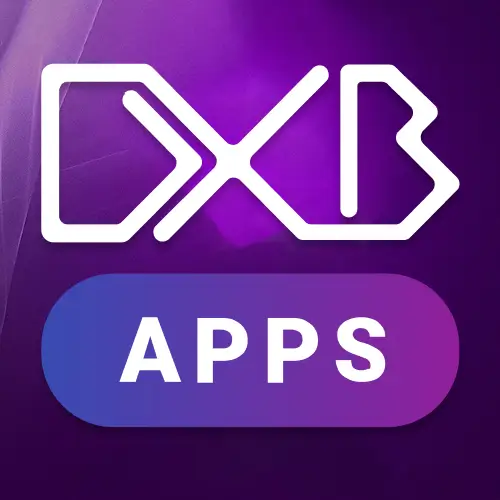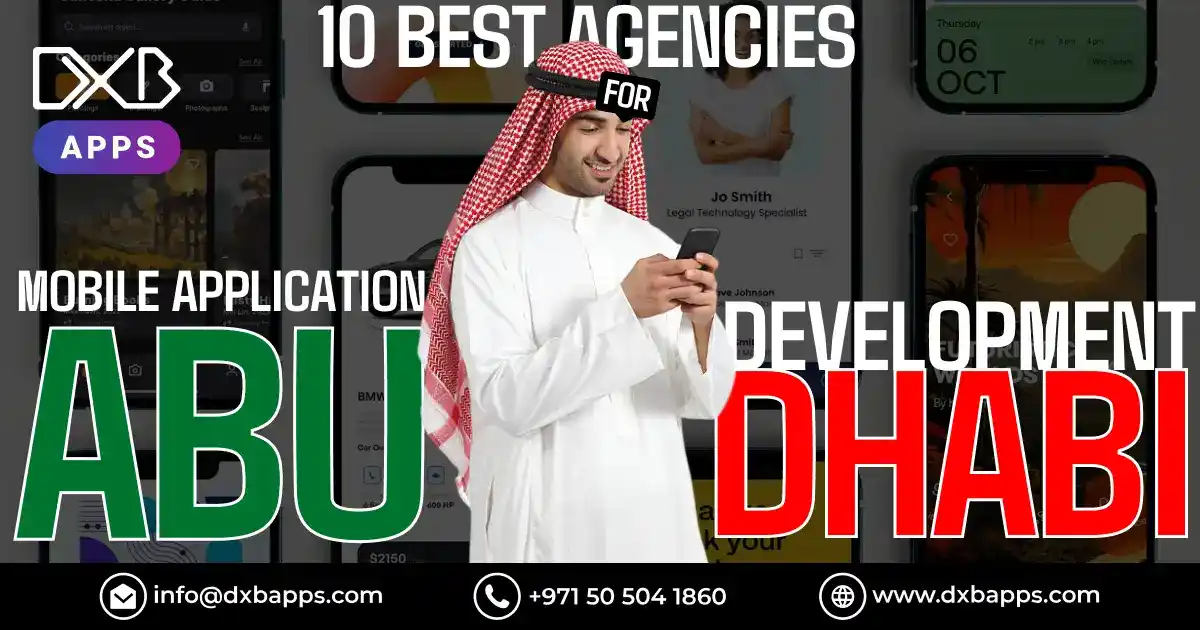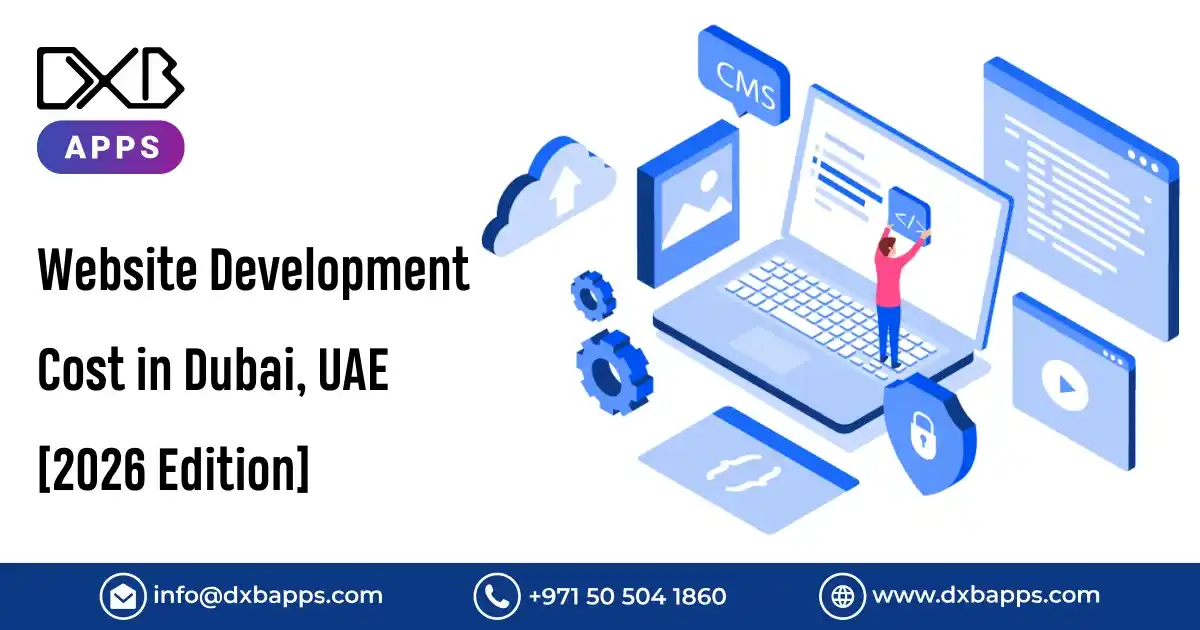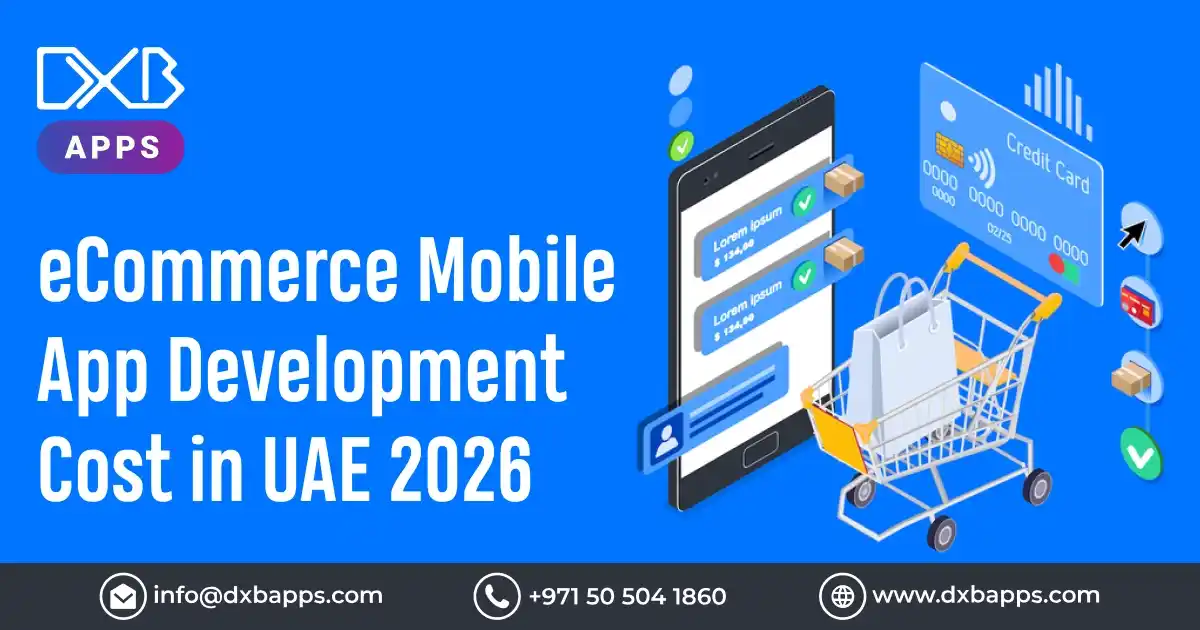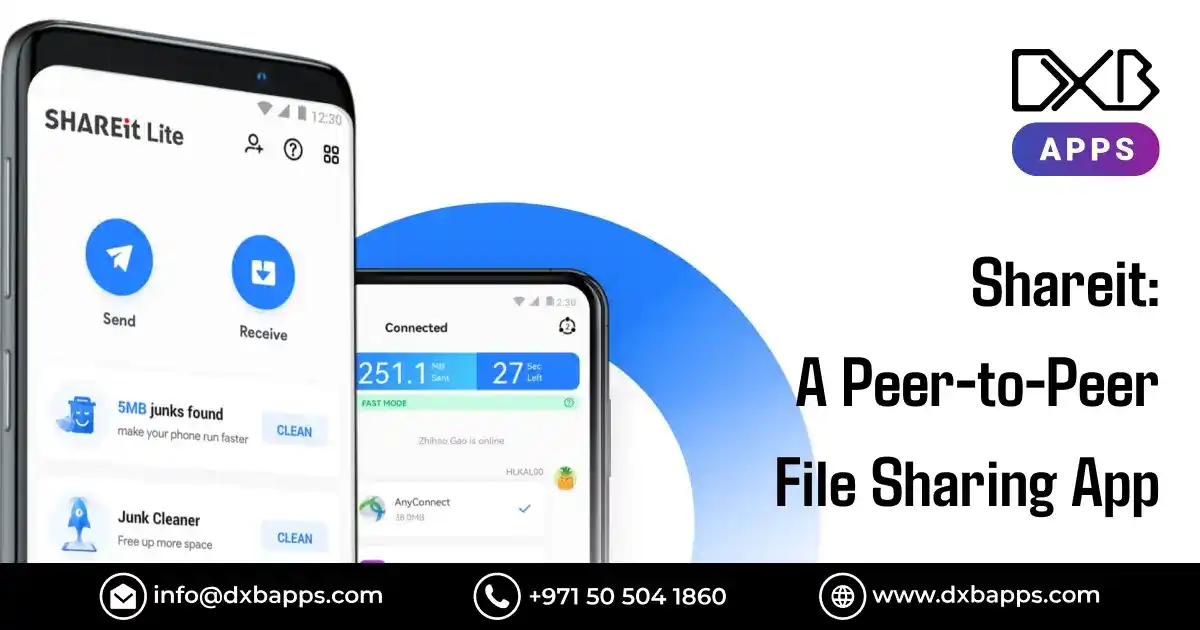Mobile application development in Dubai is the procedure that is used in the development of an application planned to be executed in a mobile device. To begin with, it is still challenging to take an idea or a concept and transform it into a fully-functional and convenient mobile application that is needed during people’s daily lives and it is necessary to have certain skills and the ability to use appropriate approaches. Such businesses can use this market to its potential and give clients personalized and convenient experiences during the development of their mobile applications.
The market size of mobile app development is expected to grow at a CAGR of 18. is projected to grow from 4% from 2021 to 2026 and expected to reach $407. 31 billion.
Various Kinds Of High End Mobile Apps You Must Know
Applications for mobile devices fall into three categories.
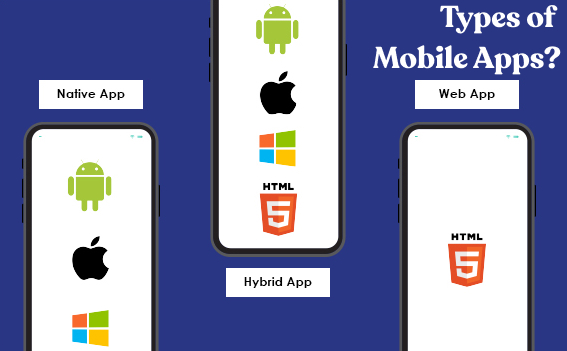
Progressive Web Apps
Web applications, also called cross-platform or progressive, are applications that are opened on the web network. PWAs are applications that work like mobile apps, though they are all running on web browsers. These kinds of app development include functionality often associated with native mobile apps but are produced with web languages like HTML, CSS, and JavaScript. Because they are responsive by design, progressive mobile apps can adjust to various screen sizes.
Native Applications
Using the native programming languages and development tools of each platform—Java or Kotlin for Android, and Swift or Objective-C for iOS—native apps are created for that platform, such as Android or iOS. These apps need to be developed separately for each platform, but they provide access to device-specific functionality.
Hybrid Applications
Native and web app components are combined in hybrid applications. These mobile app development in Dubai are created with HTML, CSS, and JavaScript, just as PWAs, and are subsequently placed inside a native container to enable cross-platform operation. With this method, developers may create a single codebase that can be used for both iOS and Android, among other operating systems. They can therefore be made available through app stores and have cross-platform compatibility while having access to device functionalities.

Some Valuable Steps Involved In Developing An Advanced Mobile Application
These steps are usually followed in the development of a mobile app.
Create Concepts and a Plan
The first step in mobile app development in dubai is coming up with original, workable concepts that meet both user and company needs. It entails market research, ideation, and establishing the concept, target user base, and functionalities of the app. After an idea is formed, planning is the process of defining the app's features, functionalities, and scope. To illustrate the structure and flow of the applications, wireframes, and prototypes are created.
Design
The visual aspects, UI, and UX are the main objectives of mobile app development service. Ensuring the app is user-friendly, engaging, and provides a smooth experience is the aim. The color scheme, font, and other visual components of the app are selected by designers to complement the user's preferences or the company's identity. The information architecture, interaction and navigation patterns, user flow, and effective task completion are also mapped out.
Develop
Mobile application developers implement the app's design and concept in this step. They collaborate closely with the design team to transform the visual design and user experience into a fully functional app. To create the app's essential features, incorporate features, and manage data storage, they make use of programming languages, frameworks, and development tools. This includes developing clear and concise code, connecting third-party services and APIs, adding database capabilities, and maximizing the application's speed. They also use observability, testing, coding, and speed and security optimization while employing "shift-left" techniques.
Test and Quality Assurance
Quality assurance (QA) and extensive, stringent testing produce a well-maintained and dependable app. QA and testing teams find and address flaws, defects, and usability problems. Functional testing verifies that features function as intended. Performance testing verifies stability and responsiveness. The app's ability to function on various devices and operating systems is ensured by compatibility testing. User acceptance training gets feedback from actual users and applies the required enhancements. This procedure is probably part of the development step if the mobile app is being developed in the cloud or is cloud-native.
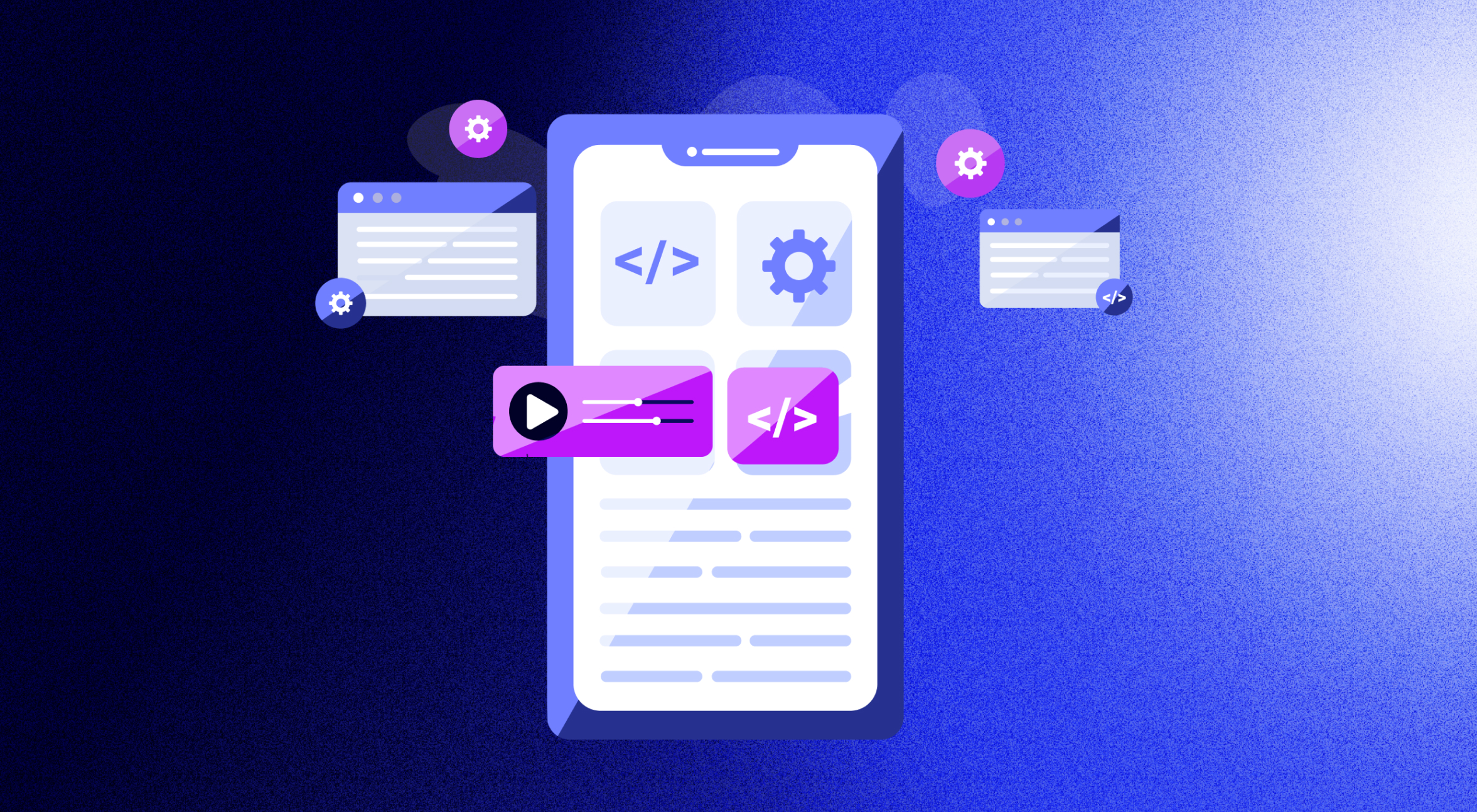
Distribute and Deploy
It's time for deployment and distribution once quality assurance and testing confirm that the application operates as intended and is dependable. Developers must submit their iOS apps to the Apple App Store. Google Play Store is the store where Android apps are released. PWAs are directly accessible via a web browser and are stored on web servers. Developers can distribute hybrid apps through enterprise channels or third-party app markets, publish them to app stores like native apps, or wrap them in tools like Apache Cordova or React Native to make them install and function like native apps.
Maintain and Improve
To ensure that the mobile application development service runs as it is required, work on the issues or glitches which arise along the way, and implement new changes which might be seen fit due to user responses or to follow the trends around the app, updates are a must.
With excellent mobile solutions, enhancing enterprises or businesses is on the way.!
Cost of Developing A Mobile Application Depends On Some Factors
According to the studies conducted, the initial cost of a mobile application ranges from $50, 000— $500,000. The primary determinants of these expenses are:
- App complexities
- User experience and design
- Compatibility of platforms and devices
- APIs and backend development
- Upkeep and changes
Some Of The Effective Platforms for Developing Mobile Apps
Tools, frameworks, and resources are available on a variety of mobile app development platforms to streamline the app development process. Among the well-known instances are:
Android Studio
The official Integrated Development Environment (IDE) from Google for creating Android applications.
Xcode:
The iOS and macOS app development environment from Apple.
React Native:
A well-known cross-platform framework that enables developers to use JavaScript to create mobile apps that mimic native ones.
Flutter:
A Google open-source UI toolkit for creating natively built apps with a single codebase across several platforms.
Xamarin:
A C# programming language framework owned by Microsoft that lets developers create cross-platform applications.
The secret to developing a successful mobile app is knowing your target market and what they require.
Finally
The secret of top mobile app development in Dubai services is ultimately having a thorough understanding of the target market and its requirements. Businesses can develop apps that not only attract users but also result in success by prioritizing user-centricity throughout the development process. For businesses hoping to gain a competitive edge, DXB APPS can help you keep up with the most recent trends and best practices in the development process.
FAQs
How can I create an application?
- Find an app concept.
- Carry out research with competition.
- Describe the main aspects.
- Make prototypes.
- Consider app security.
- Start writing code.
- Run several tests.
- Collect and apply user feedback.
Do small apps generate revenue?
Here is how free mobile apps generate revenue: Native ads, banner ads, and in-app advertisements (such as those seen in apps like the Weather Channel App) App purchases (for services or goods) Provide in-app purchases.
Can my own app be sold?
You can make money off of most assets, and your app is one of them. An application can generate revenue through the use of one-time in-app purchases, a price tag for downloads, a subscription service, or internal advertisements.
Which kind of app is the best?
A few of the most popular applications are those for dating, gaming, fitness, entertainment, and lifestyle. These app categories use a variety of strategies to make money on the app stores.

